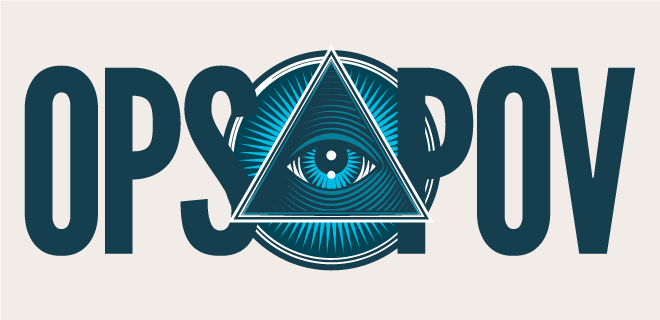
To navigate the challenges posed by MediaMath’s bankruptcy, publishers should leverage SSP reporting to assess their exposure to non-payment risks.
The digital ad graveyard welcomed a new occupant and sent shockwaves through the digital advertising industry. MediaMath filed for Chapter 11 Bankruptcy, and the ad tech community has started to mourn the once beloved DSP.
Some flocked to social media to display their shock and disappointment, but the ecosystem is scrambling to determine what this means for their business. Alongside the legacy of being one of the most well-regarded DSPs, MediaMath also left behind a $100 million debt. This puts SSPs between a rock and a hard place as they must decide if they can or will pay back publishers after the debt MediaMath left behind.
The bankruptcy raises concerns about sequential liability and the potential impact on publishers. As publishers face the possibility of non-payment for inventory purchased through MediaMath, industry experts emphasize the need for careful assessment, proactive communication, and a reevaluation of payment processes. While the effects of MediaMath’s closure may not be catastrophic, it sheds light on the fragile nature of the ad tech ecosystem.
“Any time you have a sudden exit of a major participant in a market, it’s deeply concerning,” said Jason Kint, CEO of Digital Content Next. “Until last week, MediaMath successfully bid on and placed advertising across much of the industry, including premium publishers who invest billions into creating high-quality entertainment and journalism.”
Will the Debt Fall on the Backs of Publishers?
While there is concern about the amount of debt MediaMath left behind, some ad tech professionals believe that MediaMath shutting down will impact the ecosystem less than the initial panic suggests. They cite that MediaMath’s presence as an ad buyer dwindled over the last couple of years.
“MediaMath shutting down isn’t as impactful as it would be if a company like The Trade Desk were to shutter,” said Ana Milicevic, a principal at the digital-ad consultancy Sparrow Advisers. “so publishers aren’t potentially out as much as they would have been when the company was at its prime.”
But plenty of money is still left on the table amongst the $100 million debt. How will SSPs choose to act? The common consensus is that most publishers won’t get their money back. Although some have made promises, as Justin Wohl, Chief Revenue Officer at Salon.com, suggests, some SSPs, like Media.net, have affirmations that they will eat the difference if MediaMath doesn’t pay.
Emry Downinghall, SVP of Programmatic Revenue and Strategy at Unwind Media asserts that decision-making will vary from each SSP, and the repayment process looks grim.
“While there could be some variation in how SSPs choose to react, it’s most likely publishers will not be paid for outstanding balances owed to them by their SSP partners for inventory Media Math purchased through the SSP pipes,” said Downinghall.
Additionally, publishers have expressed concern about the possibility of lower bid density as the process was already at a low point in the year. With a major DSP like MediaMath gone, many SSPs will be looking for a new home. But that is a short-term consequence. Long-term, Marc Boswell, Chief Revenue Officer at LoveToKnow Media, believes that the bankruptcy could revamp the entire repayment process.
“Based on the outcome of outstanding debt payments, there may be repercussions and changes to how payment terms are structured,” said Boswell. “This could be an interesting point of contention since most publishers aren’t directly controlling which DSPs are bidding on their inventory.”
Reaching Across the Aisle: SSP and Publisher Relationships
For publishers worried about repayment, sources suggest you rely on your relationship with your SSP partners. While MediaMath’s bankruptcy is unfortunate, publishers can review and strengthen their SSP payment and aging processes.
“First, utilize SSP reporting to understand your level of exposure to potential non-payment issues and communicate that across your organization. Then, reach out to your SSP partners, particularly ones where your exposure is more significant, to understand their course of action and how they plan to respond to these challenges, suggests Downinghall.”
To navigate this challenging situation, publishers must assess their exposure, engage with SSP partners, and fortify their payment processes. Although the effects may not be catastrophic, the incident underscores the need for transparency and reform within the ad tech ecosystem. Publishers can mitigate risks and foster a more resilient industry by collaborating and implementing prudent measures.